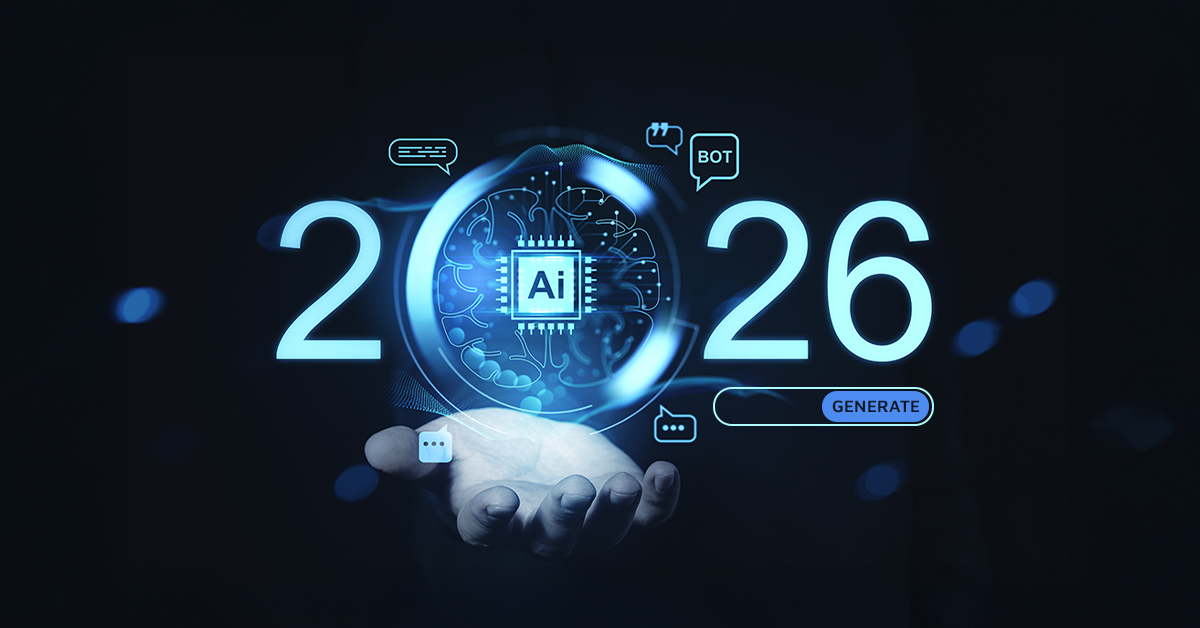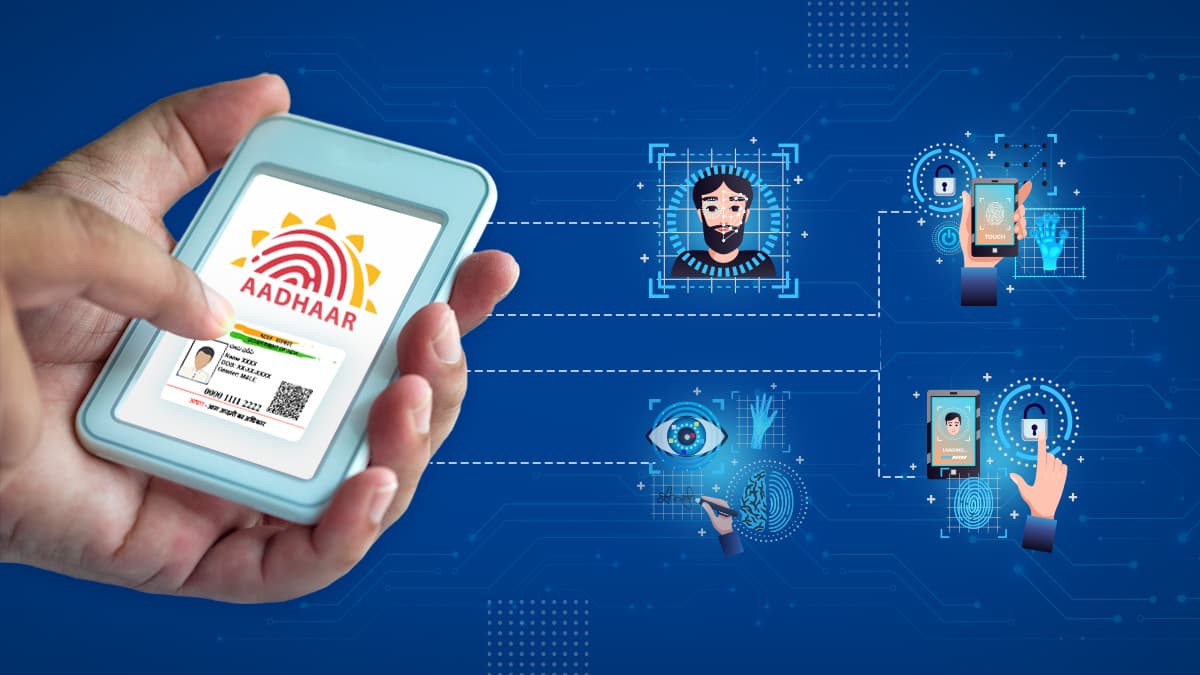Picture this- A suspect flees through a crowded airport, but within seconds, AI-powered cameras identifies him from thousands of faces, enabling swift apprehension. Meanwhile, across town, innocent citizens feel their privacy violated as the same technology tracks their every movement. This stark contrast illustrates the double-edged sword that is facial recognition technology - a tool that promises unprecedented security but threatens the very freedoms it aims to protect.
.jpg)
The Surveillance Revolution: Promise Meets Peril
Facial Recognition Technology (FRT) has evolved from science fiction to omnipresent reality. Today's AI-powered systems can process billions of faces with startling accuracy, transforming how governments approach public safety. Yet this technological marvel has unleashed a Pandora's box of ethical concerns that demand immediate attention from authorities at every level of government.
The Harvard Kennedy School's recent report underscores a critical truth: "the problem lies not with the technology itself, but in how we use it." This observation cuts to the heart of our modern dilemma - how do we harness AI's protective power without creating an Orwellian nightmare?
The Security Imperative: When Technology Saves Lives
Government agencies worldwide have embraced FRT for compelling reasons. Airport security uses it to streamline immigration while flagging potential threats. Police departments leverage it to identify suspects in crowds, dramatically accelerating criminal investigations. The technology has proven invaluable in counterterrorism operations and locating missing persons.
Consider the efficiency gains: what once required hours of manual investigation now happens in seconds. Border control agencies report reduced wait times and enhanced security simultaneously. For cash-strapped public agencies, this represents both operational excellence and fiscal responsibility.
But here's the rub - efficiency doesn't automatically equal ethics.
The Civil Liberties Crisis: When Protection Becomes Persecution
The darker side of facial recognition reveals itself in troubling patterns. Studies consistently show that AI algorithms exhibit racial and gender biases, with higher error rates for individuals with darker skin tones and women. These aren't mere statistical anomalies; they translate into real-world injustices.
The Harvard report warns that authoritarian regimes exploit FRT to monitor and suppress political dissent. Even in democratic societies, the technology's surveillance capabilities can chill free expression and association - cornerstones of democratic participation.
Critical Analysis: The Flawed Foundation
The current approach to FRT governance suffers from three fundamental flaws:
First, the "trust us" mentality. Many agencies deploy FRT without transparent accountability mechanisms, expecting public acceptance through assurances rather than evidence.
Second, the bias blind spot. Despite overwhelming evidence of algorithmic discrimination, too many authorities treat bias as a technical problem rather than a civil rights crisis.
Third, the consent fiction. In public spaces monitored by government cameras, meaningful consent becomes impossible. Yet officials rarely acknowledge this privacy erosion.
.jpg)
A Framework for Balance: Eight Essential Guardrails
Government authorities serious about responsible FRT deployment must implement comprehensive safeguards:
- Legislative Authorization: No agency should deploy FRT without explicit legislative approval. Democracy demands that elected representatives, not bureaucrats, make these consequential decisions.
- Accuracy Standards: Agencies must meet rigorous accuracy thresholds, with regular third-party audits. Systems failing to meet these standards should be immediately suspended.
- Bias Testing and Mitigation: Mandatory testing for demographic disparities, with clear protocols for addressing identified biases. If disparities cannot be resolved, the technology should be banned.
- Warrant Requirements: Law enforcement should obtain judicial approval for FRT use in criminal investigations, treating facial recognition like any other investigative tool requiring court oversight.
- Data Protection Protocols: Strict rules governing data collection, storage, and sharing, with individuals' rights to access and delete their biometric information.
- Human Review Mandates: No automated decision should stand without meaningful human oversight by trained personnel who understand the technology's limitations.
International Lessons: Learning from Others
The European Union's approach offers valuable insights. The EU's draft AI Act restricts real-time facial recognition to serious situations - safety threats, missing persons, and specific crimes. This targeted approach balances security needs with privacy rights.
Meanwhile, some U.S. cities like San Francisco and Boston have banned government FRT use entirely, choosing civil liberties over convenience. These diverse approaches provide natural experiments in governance that other jurisdictions can study and adapt.
.jpg)
CSM Tech: Pioneering Next-Generation Facial Recognition Solutions
CSM Tech stands at the forefront of intelligent security technology with our proven ePravesh facial recognition system, successfully deployed at Odisha Secretariat and multiple government facilities. Our cutting-edge solution delivers 2-3 second real-time identification with exceptional accuracy through robust KNN (Know Nearest Neighbour) algorithms.
Key Differentiators:
- Self-learning AI model that continuously improves through feedback loops
- On-device edge processing ensuring rapid response times
- Offline capability maintaining operations during network disruptions
- Live stream detection with advanced posture and image quality tolerance
- Comprehensive image optimization for enhanced speed and accuracy
Our omnichannel approach extends beyond facial recognition, incorporating IoT-enabled multi-modal systems with QR codes and biometric scanners. This redundancy eliminates single-point failures while maintaining seamless user experience.
The Odisha Secretariat implementation demonstrates our solution's reliability in high-security environments, processing thousands of daily entries with zero compromise on security or efficiency.
CSM Tech offers scalable, future-ready solutions that transform security infrastructure while ensuring operational continuity. Our technology doesn't just recognize faces - it revolutionizes access control.
For any government or enterprise seeking a scalable, reliable, and intelligent identity verification solution, CSM Tech’s Facial Recognition suite is the gold standard.
A Vision for the Future: Democracy in the Digital Age
Imagine a future where AI-powered security enhances public safety without sacrificing individual freedom. Where facial recognition helps find missing children but doesn't track peaceful protesters. Where algorithmic accuracy serves justice without perpetuating discrimination.
This future isn't guaranteed - it requires intentional choices by today's leaders. The technology will continue advancing regardless of regulatory action. The question isn't whether AI will reshape society, but whether democratic values will guide that transformation.
The balance between security and civil liberties with AI facial recognition isn't a technical problem requiring technological solutions. It's a governance challenge demanding democratic responses. The tools exist to achieve this balance -what's needed now is the political will to use them.










































We will verify and publish your comment soon.